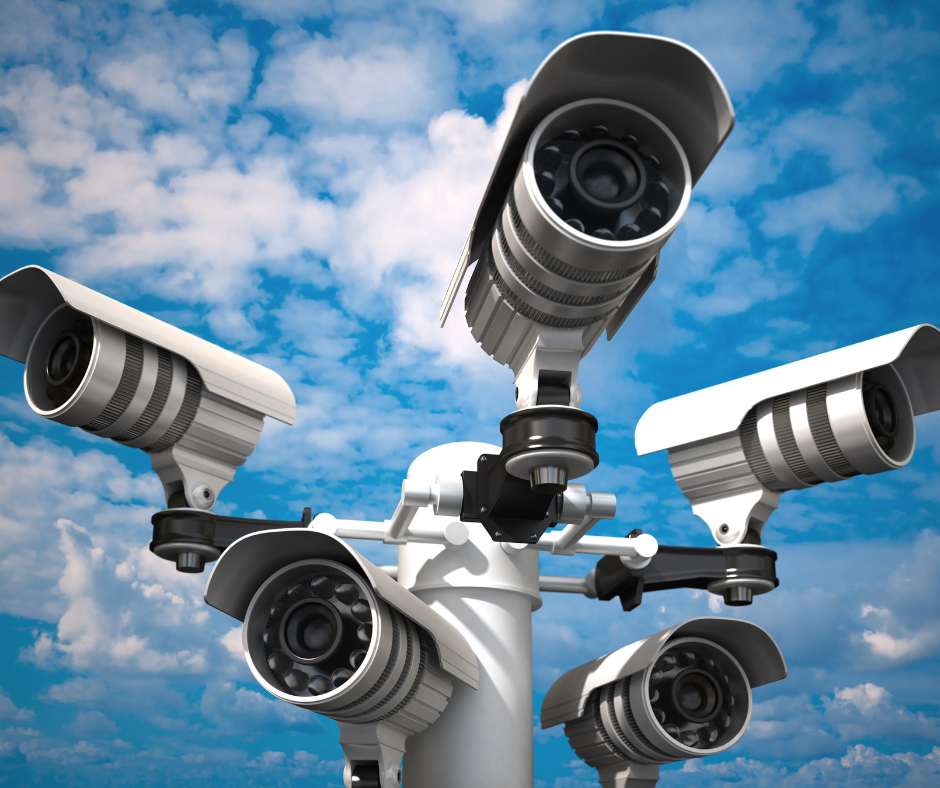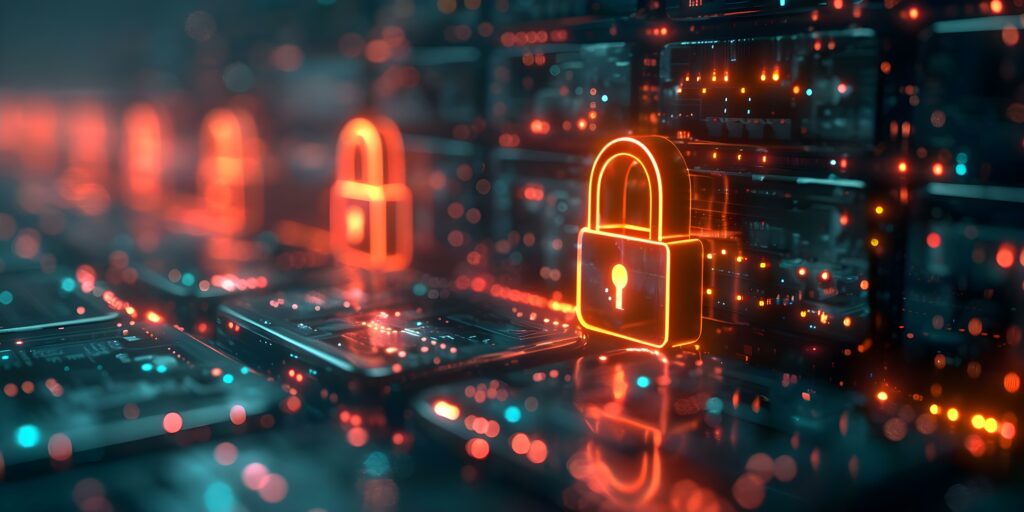How Will Schools and the FCC Bridge the Homework Gap for Distance Learning?
In early March of 2020, the Coronavirus Pandemic stopped the world in its tracks. Schools were shut down across the country and left in a quandary to continue providing education outside the classroom. The pandemic significantly disrupted normalcy, and districts scrambled to find solutions to offer distance learning.
The problem facing school districts everywhere is how do schools ensure that all students have access to learning in a virtual environment when some students and teachers have no reliable broadband source?
The “homework gap,” according to the NEA, might be the “cruelest part of the digital divide.” The sudden shift to virtual learning has shone an even brighter light on the existing inequality for internet access.
The E-Rate Program provides funding to assist schools and libraries in the United States to obtain affordable telecommunications and internet access. However, this program’s rules do not grant students or teachers funding to access the internet at home. Now, Congress and the FCC will examine the E-Rates Program to bridge that gap fast amidst a global pandemic.






